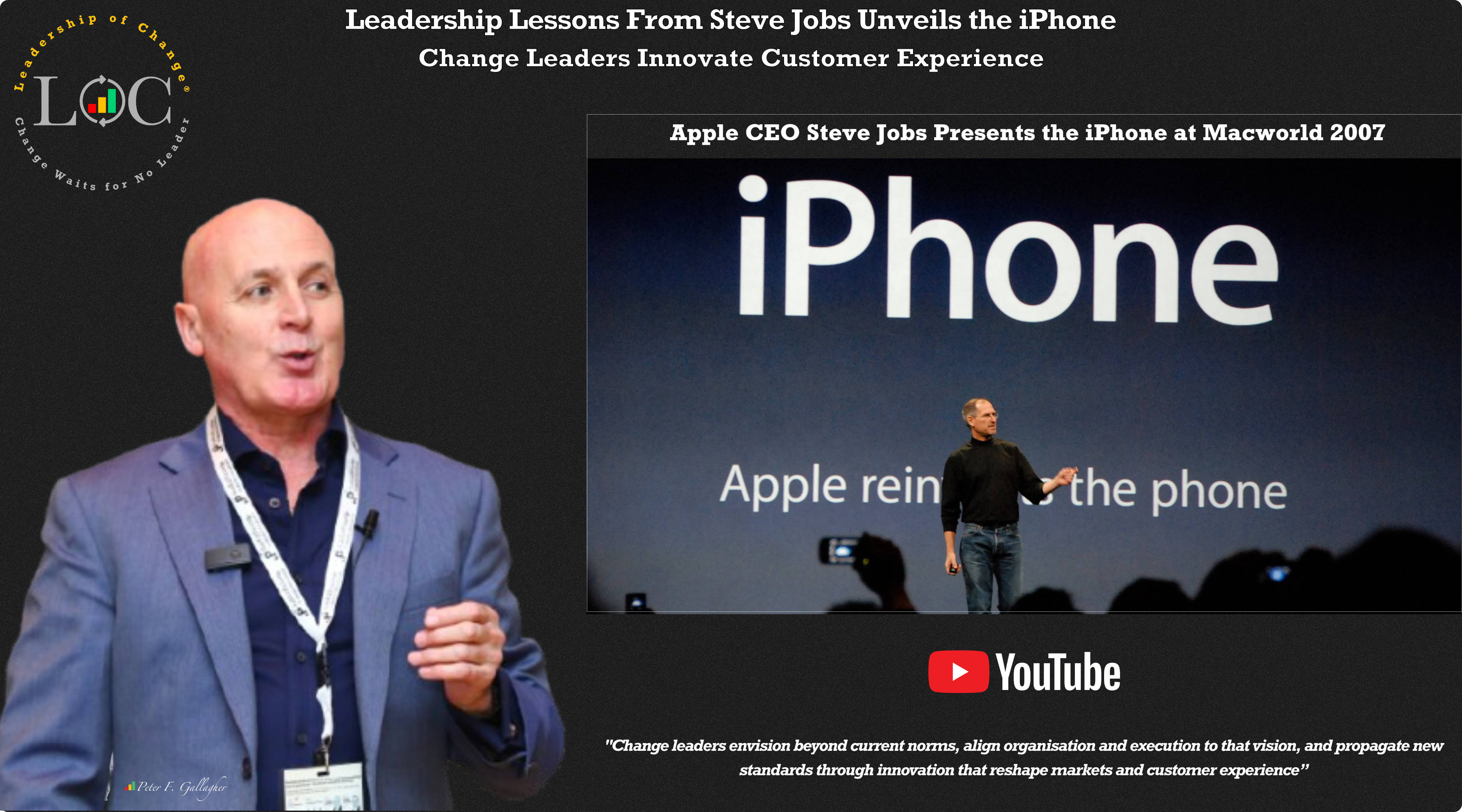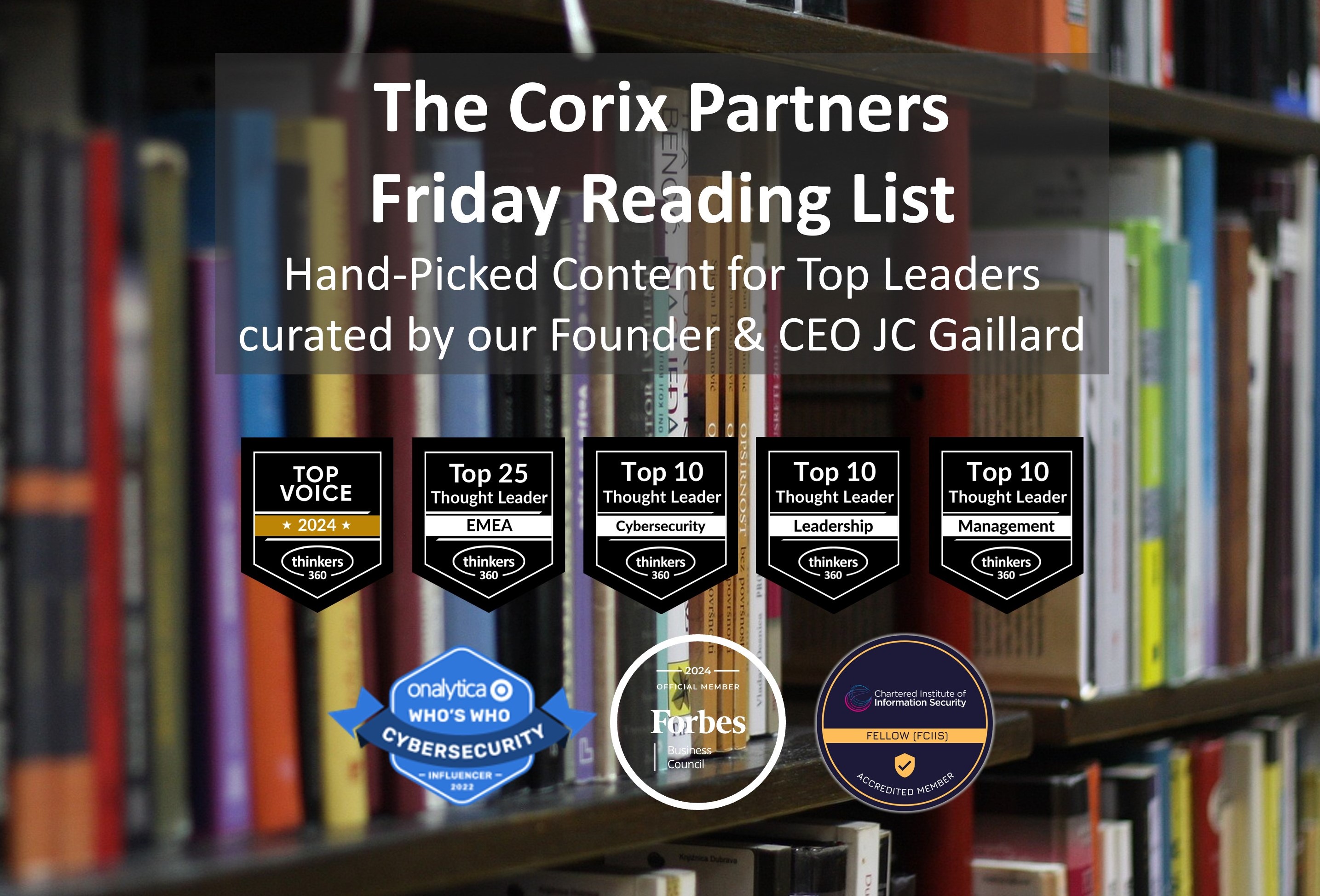Oct06

Fear is one of the most powerful and paradoxical threads in our life journey. It's an emotion that can paralyze us, causing hesitation and doubt, yet it's also the force that has propelled humanity forward throughout history. Fear, when harnessed and transformed, can be the catalyst for immense personal growth and profound transformation. In this exploration, we'll delve into the depths of fear, dissect its psychological underpinnings, and learn how to reimagine bravery, turning fear into a potent source of inner courage.
Fear, in its essence, is a primal response to perceived threats or dangers. It's hardwired into our biology, a survival mechanism designed to keep us safe. When we encounter a situation that our brain interprets as potentially harmful, our bodies react by releasing stress hormones, preparing us for the "fight or flight" response. However, fear doesn't always serve us well in the modern world. Our brains often misinterpret everyday challenges, such as public speaking or career changes, as life-threatening situations. This can lead to unnecessary anxiety and avoidance behaviors. The key is to recognize that fear, while protective, isn't always accurate in its assessments.
To harness fear, we must first understand its psychological roots. Fear often originates from the unknown, a lack of control, or the anticipation of negative outcomes. It's deeply connected to our sense of self-preservation and ego protection. We fear failure because it threatens our self-esteem. We fear rejection because it threatens our sense of belonging. Moreover, fear is closely tied to the stories we tell ourselves—the narratives that shape our beliefs about what's possible and what isn't. These stories, often rooted in childhood experiences or societal conditioning, can either amplify or mitigate our fears.
Bravery isn't the absence of fear; it's the ability to act despite it. Think of fear as a raw material—a potent fuel waiting to be transformed. Bravery, then, is the process of refining and channeling this fuel into purposeful action. It's about acknowledging fear's presence and choosing to move forward, driven by a higher purpose or goal. But how do we turn fear into courage? It starts with understanding that fear often arises from our thoughts and perceptions. We fear the unknown, the judgment of others, or the potential for failure. These are all products of our minds, and they can be reshaped through mindful awareness.
To truly harness fear, we must recognize it as a catalyst for transformation. It's the energy that propels us to step out of our comfort zones, to confront the unknown, and to embark on journeys of self-discovery. When we face our fears, we unveil hidden strengths and capabilities we never knew existed.
Fear can be the driving force behind innovation, creativity, and resilience. It can push us to take calculated risks, explore uncharted territories, and challenge the status quo. In the world of business, it's often the entrepreneurs who dare to embrace their fears and act in spite of them that bring about groundbreaking change.
Fear is a natural part of the human experience, but it need not hold us hostage. By reframing our relationship with fear, we can tap into its incredible energy and transform it into courage. Bravery is not the absence of fear but rather the audacity to confront it head-on and take purposeful action.
In my coaching practice and the upcoming book, "Be Hopeful, Be Strong, Be Brave, Be Curious," I delve deeper into the intricacies of fear and the art of harnessing it for personal growth. Together, let's embrace fear as fuel, reimagining it as the very force that propels us toward our aspirations. Fear can be a powerful motivator, a beacon signaling areas where we can grow, learn, and evolve. It's a compass pointing us towards the uncharted territories of our potential.
As we navigate the complexities of life, remember that fear, when understood and channeled, can become a trusted ally on our journey.
Take the courage assessment to find out more about your own levels of bravery!
https://projectmotivator.com/courage-assessment/
Curious Mindset: The Gateway to Lifelong Learning and Creative Expansion
Curiosity gleams as one of the most vibrant threads in life. It's the spark that ignites the flames of discovery, the compass guiding us through the labyrinth of knowledge, and the driving force behind transformative change.
Let's begin with a fundamental truth: curiosity is hardwired into our DNA. It's what propels us to explore the world around us from the moment we open our eyes as infants. But as we grow, society sometimes quells this natural instinct. The weight of routine, responsibilities, and expectations can dim the flame of curiosity. It's crucial to reignite it.
A curious mindset is akin to an open door, welcoming new ideas, experiences, and perspectives. It's the gateway to a lifelong love affair with learning. Just as a child's eyes widen in wonder when they encounter something new, we, too, can experience this sense of awe as adults. By nurturing curiosity, we keep the flame burning bright.
Curiosity fuels the engine of lifelong learning. It's the driving force that compels us to ask questions, seek answers, and explore the uncharted territories of knowledge. When we approach life with a curious mindset, every experience becomes an opportunity to grow. We become voracious readers, insatiable learners, and enthusiastic explorers of our interests.
Curiosity is like a guiding star on our journey of self-discovery. It encourages us to step out of our comfort zones, to challenge our assumptions, and to embrace the unfamiliar. It's through this process that we uncover hidden talents, untapped potentials, and unexplored passions.
Curiosity is the wellspring of creativity. It's the muse that inspires artists, inventors, and innovators. When we approach life with an inquisitive mind, we see problems as puzzles waiting to be solved, and challenges as opportunities to stretch our creative muscles. It's not just about finding answers; it's about asking the right questions. Curious individuals are more likely to connect seemingly unrelated ideas, sparking innovation and pushing boundaries.
Now, you might be wondering, how can we cultivate a curious mindset in our daily lives? The answer lies in embracing several key practices:
In closing, I want to emphasize that a curious mindset is a lifelong companion on our journey of self-discovery and personal growth. It's the beacon that lights our path, the key that unlocks the doors to knowledge, and the brush that paints the canvas of creativity.
Find out about your style of curiosity with the 5 Curiosity Dimension Assessment (reproduced with permission from Dr. Todd Kashdan)
https://projectmotivator.com/five-dimensions-of-curiosity/
To find out more about these topics and more, order Ruth’s book (due for publication by Wiley Publishing, February 2024):
Be Hopeful; Be Strong; Be Brave; Be Curious – How Coaching Can Help You Get Out of Your Own Way and Create a Meaningful Life https://www.amazon.com/Hopeful-Strong-Brave-Curious-Meaningful/dp/1394206542/
Want to connect with and learn more about Ruth Pearce? Connect with her on LinkedIn https://www.linkedin.com/in/ruth-pearce/ and check out her LinkedIn Learning Courses for Project Managers: https://www.linkedin.com/learning/instructors/ruth-pearce .
References
Snyder, C. R. (1994). The psychology of hope: You can get there from here. Free Press.
Lopez, S. J. (2013). Making hope happen: create the future you want for yourself and others. New York, Free Press.
Kashdan, T. B., Disabato, D. J., Goodman, F. R., & McKnight, P. E. (2020). The Five-Dimensional Curiosity Scale Revised (5DCR): Briefer subscales while separating overt and covert social curiosity. Personality and Individual Differences, 157, Article 109836. https://doi.org/10.1016/j.paid.2020.109836
HBR Spotlight Series – Why Curiosity Matters: https://hbr.org/2018/09/the-business-case-for-curiosity?ab=seriesnav-spotlight
Character Strengths VIA Website: https://www.viacharacter.org/
Biswas-Diener, R. (2012). The courage quotient: How science can make you braver. Jossey-Bass/Wiley.
Pury, C. L. S. (2009). Courage (S. J. Lopez, Ed.). In S. J. Lopez & C. R. Snyder (Eds.), Oxford handbook of positive psychology (pp. 375–3
By Ruth Pearce
Keywords: Future of Work, Mental Health, Coaching
 Building the Foundation for Agentic AI: A Demonstration of NVIDIA’s NeMo Agent Toolkit (NAT)
Building the Foundation for Agentic AI: A Demonstration of NVIDIA’s NeMo Agent Toolkit (NAT) Why Your AI Ethics Policy is Most Probably a Paper Tiger
Why Your AI Ethics Policy is Most Probably a Paper Tiger The Architect of Agency: NVIDIA’s Vera CPU and the Dawn of the AI Super-Factory
The Architect of Agency: NVIDIA’s Vera CPU and the Dawn of the AI Super-Factory Friday’s Change Reflection Quote - Leadership of Change - Change Leaders Innovate Customer Experience
Friday’s Change Reflection Quote - Leadership of Change - Change Leaders Innovate Customer Experience The Corix Partners Friday Reading List - January 9, 2026
The Corix Partners Friday Reading List - January 9, 2026